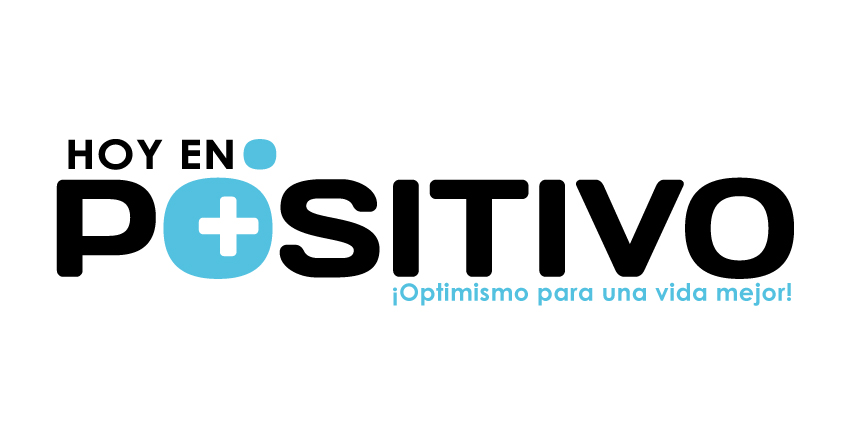Abstract:
By 2021, there will be 10 billion connected mobile devices. That will be enough for every man, woman, and child on Earth to have at least one. This explosive mobile growth has created a huge demand for mobile services, and developers have created tons of apps to fill these service needs. As a result, mobile users are now accustomed to accessing services on-demand, from transferring money, to ordering an Uber, to submitting a vacation request through their company's HR app.
As the on-demand economy scales, customers expect fast and accurate service from their apps. If they don't get it, they simply switch to another app. In this very large, low-entry, hyper-competitive, on-demand market, both small and enterprise-level businesses fight for customer share-of-mind and wallet. Often, the only way these businesses can remain relevant is to create timely and useful "mobile moments" (real-time, intent-driven interactions that require only a glance—yet deliver information users can consume and take action on immediately), either by providing a user with the quickest and most accurate way to consume information (i.e. responding to a query in-app with a chatbot instead of linking to an answer), or by providing a personalized response based on a user's actions (i.e. using location targeting to create a relevant, engaging offer when a user walks into a store.) If certain businesses don't use these new mobile technologies to create and capitalize on mobile moments, they risk losing out to competitors who will gladly step in to fill any on-demand service gap.
What's made it so easy to compete? Mobile development, testing, and deployment technology has become more powerful and easier to use. With low code and even no-code interfaces, these mobile technologies can help companies build, test, and deploy chatbots, codeless apps, or microsites in minutes using nothing but a browser. These mobile platforms also are built with open standards and with API-First development in mind so creating more robust applications and connecting them to system back-ends becomes easy. In addition, Analytics technology has matured so that businesses now can engage with mobile users on a personal level. Understanding why customers have gone quiet within an app, targeting them, and re-engaging them with personalized information has allowed SMBs to mine the long tail efficiently and to compete alongside enterprises for additional customer share and profit. Increased competition makes using new mobile technologies even more of a necessity for any business that wants to stay ahead.



No hay comentarios:
Publicar un comentario
Te agradezco tus comentarios. Te esperamos de vuelta.